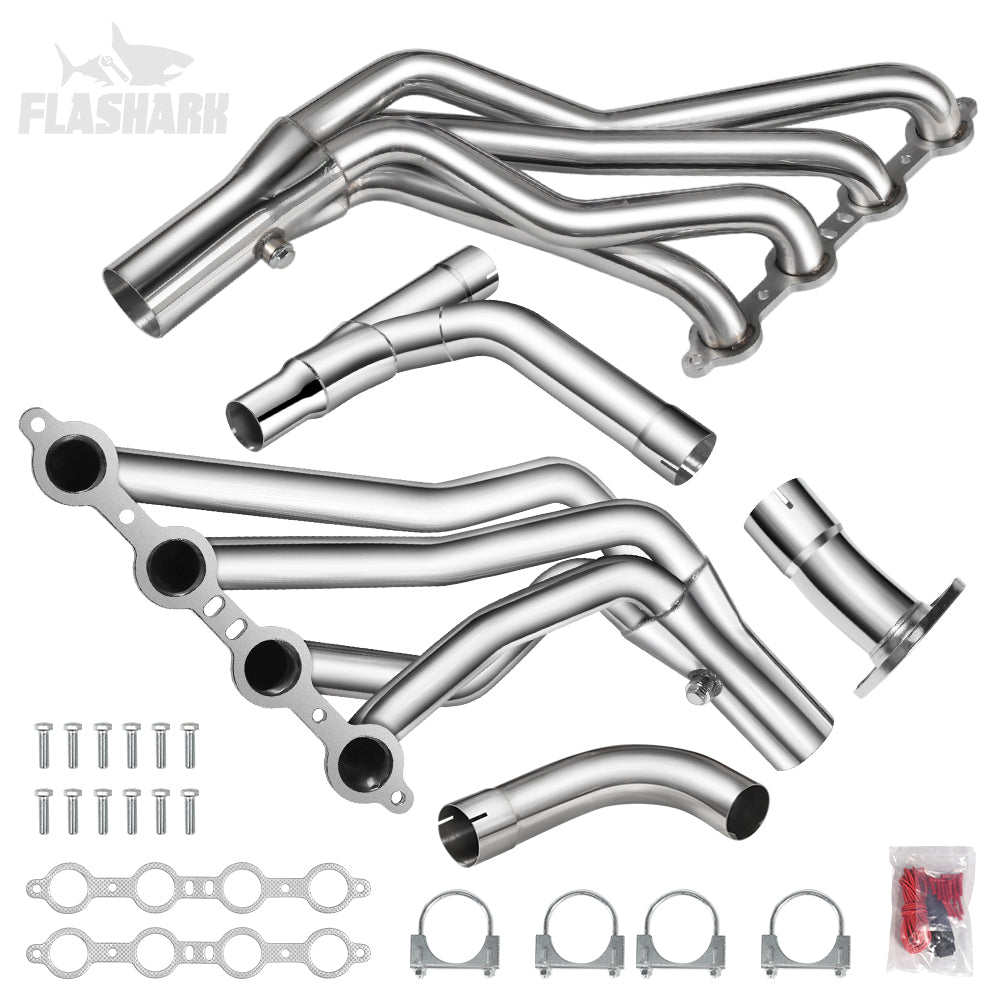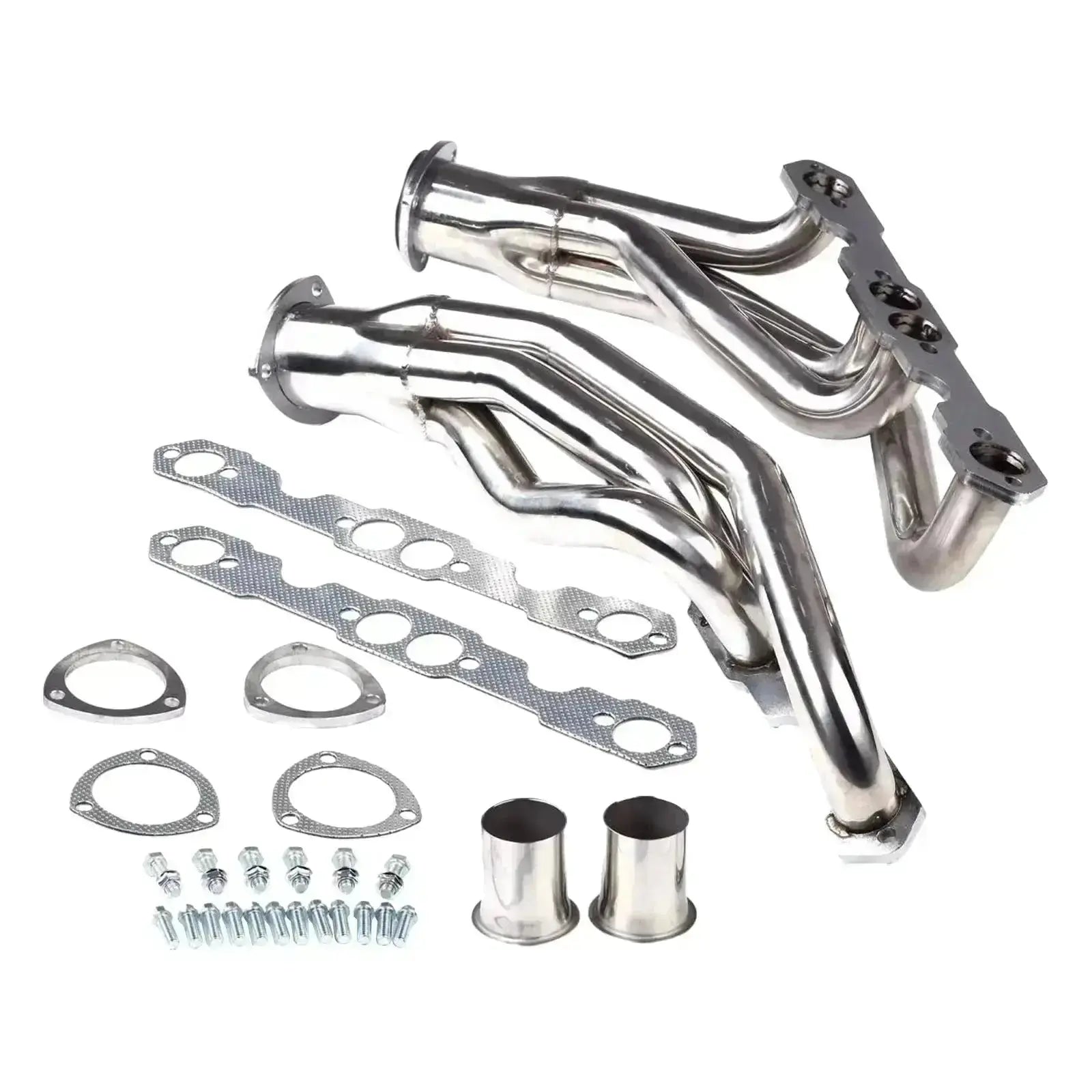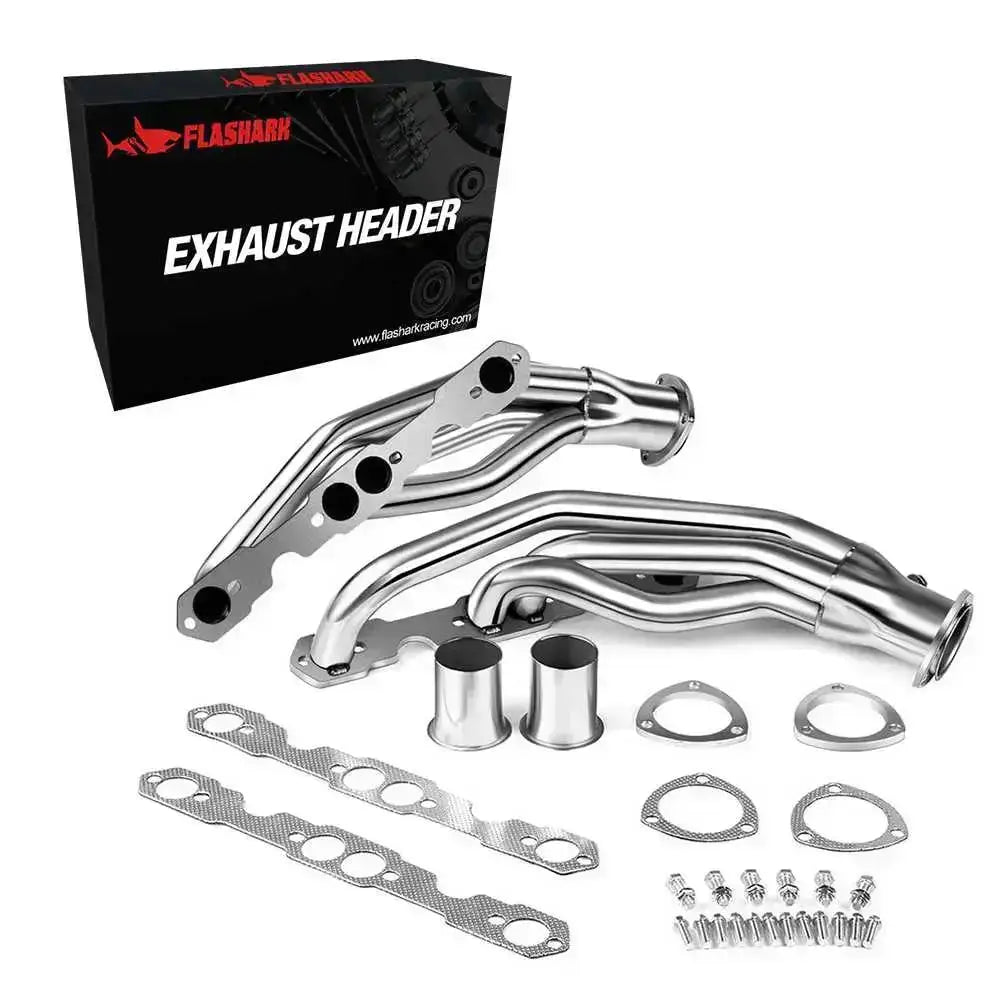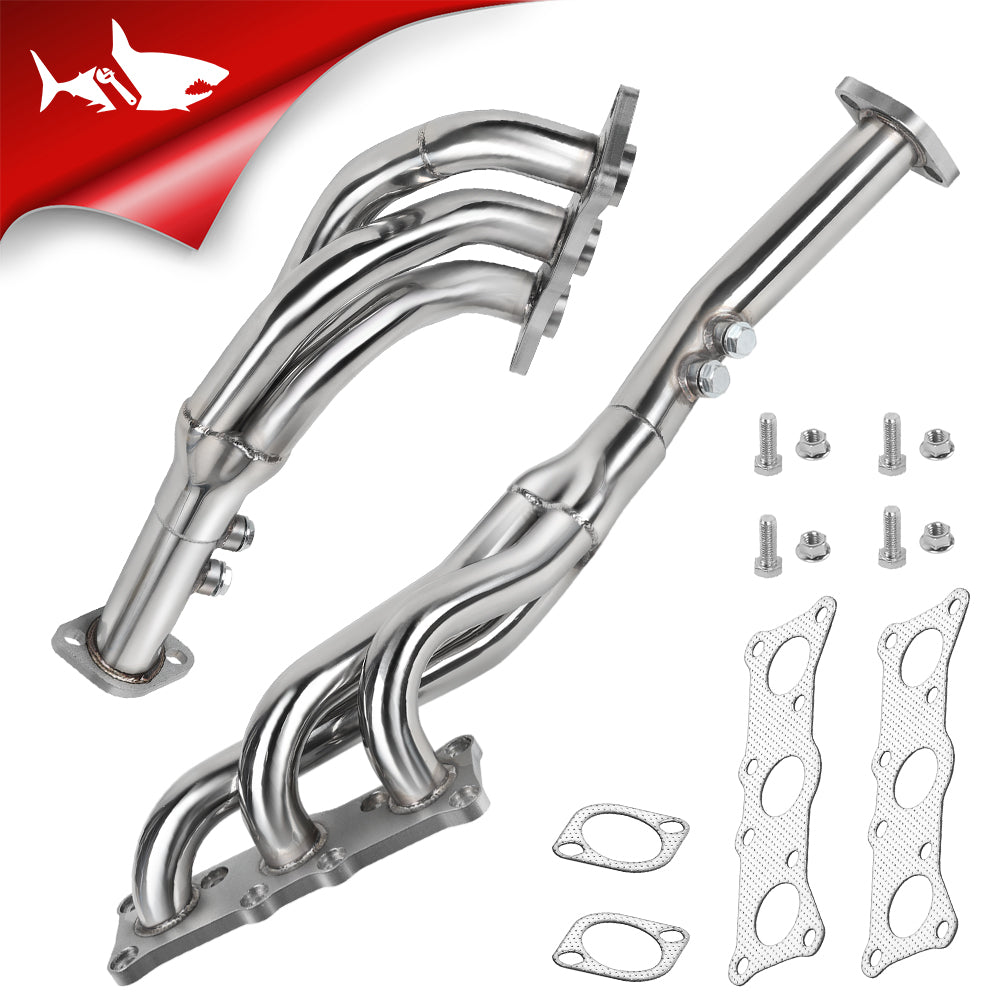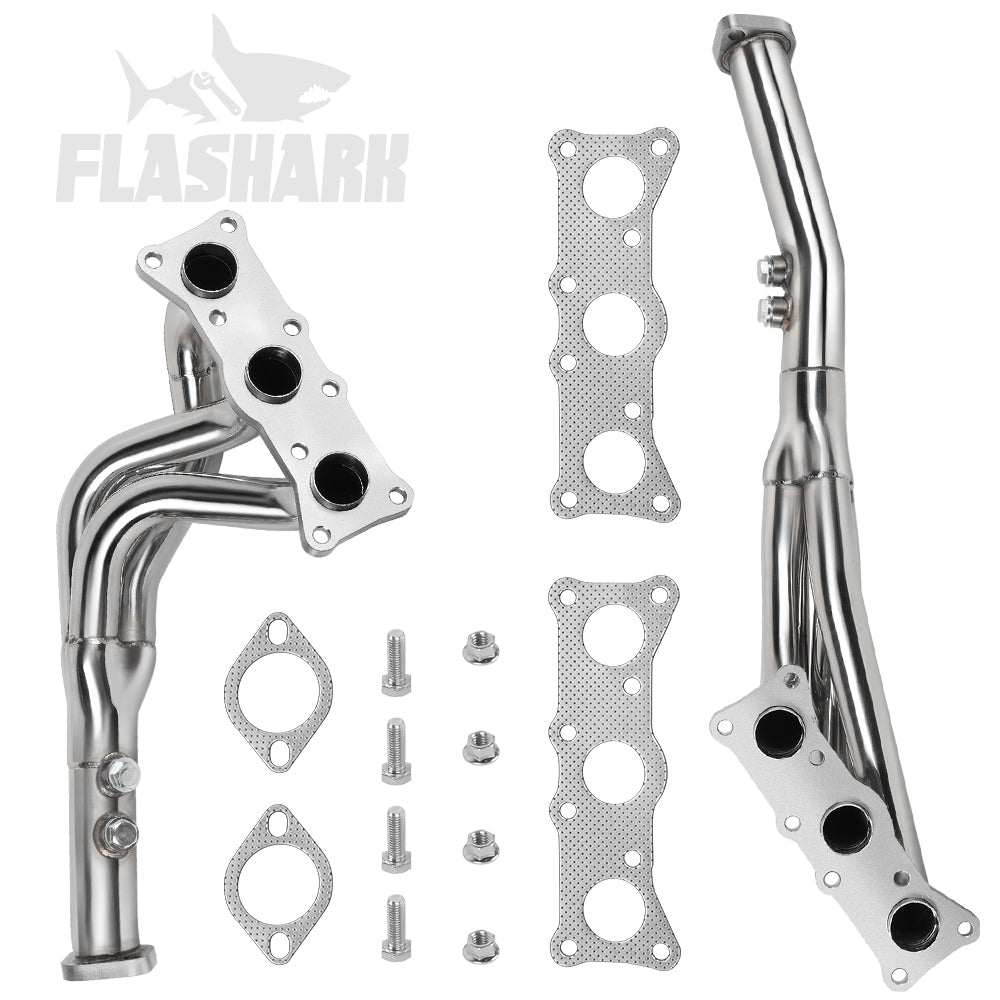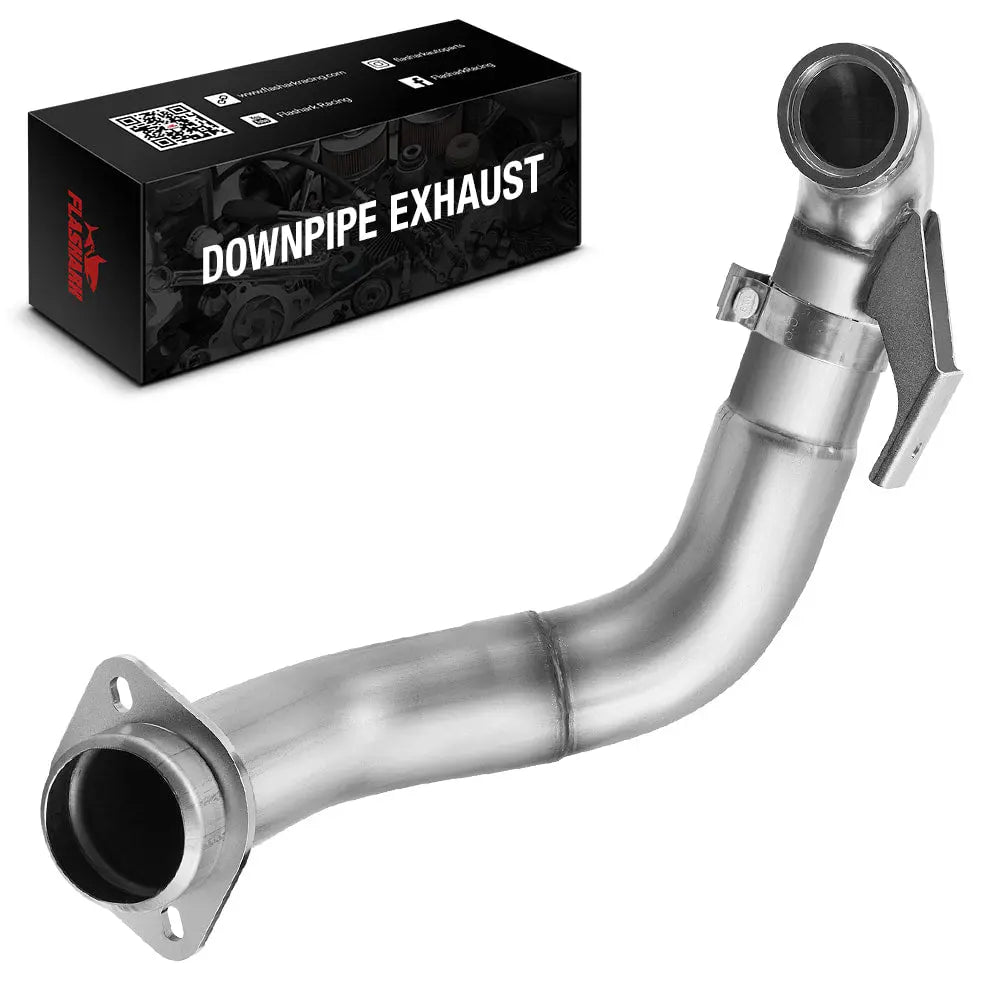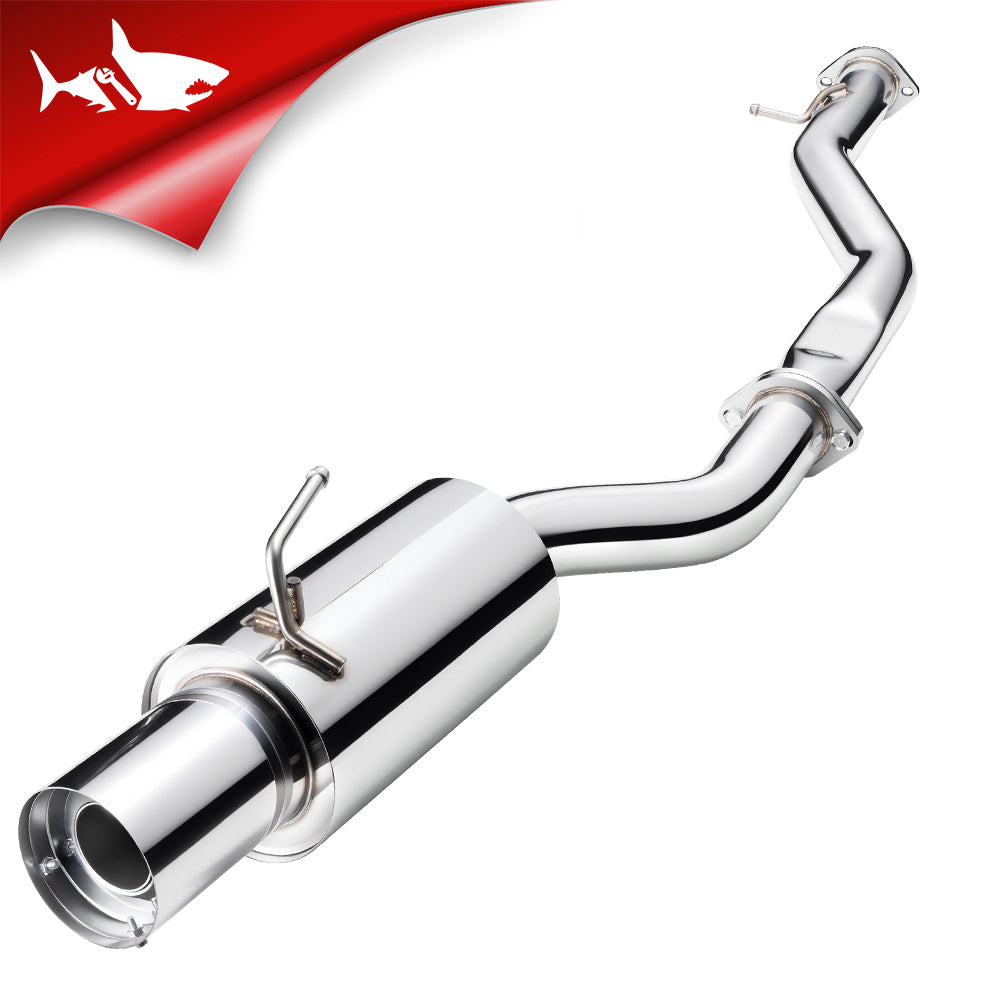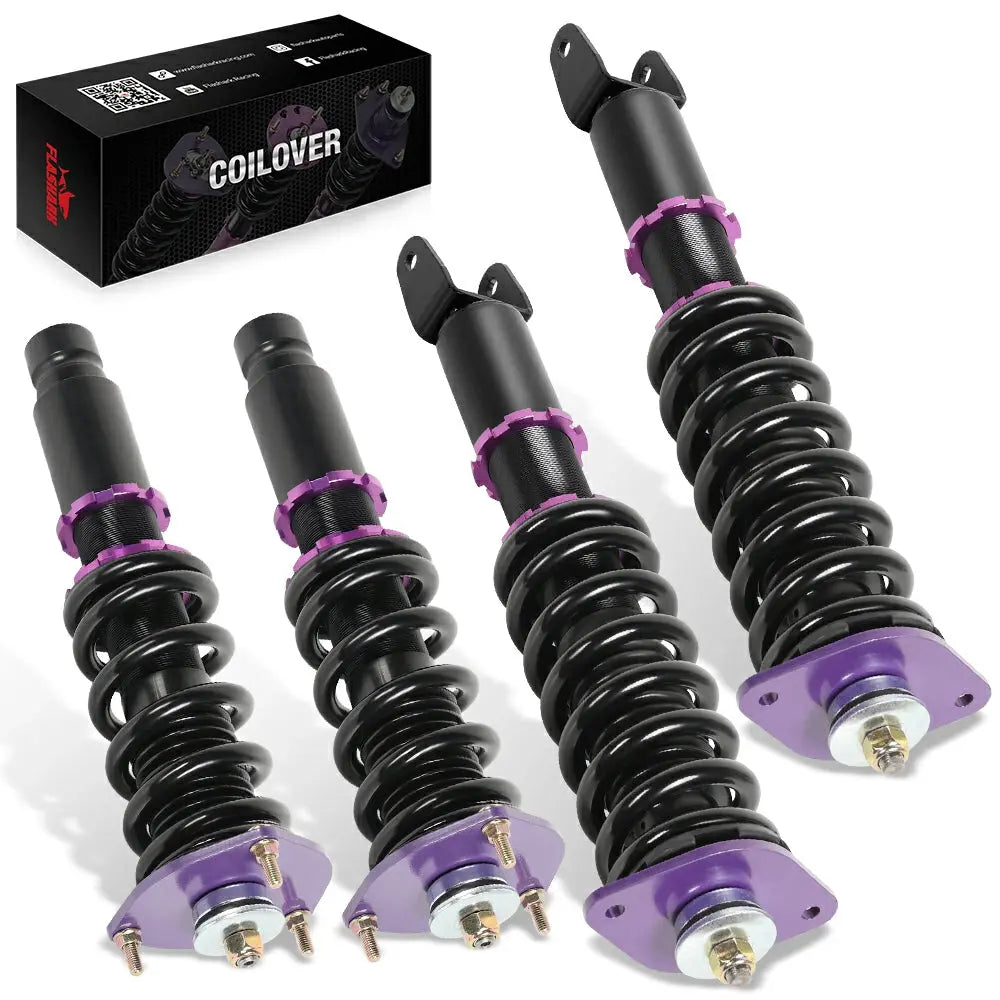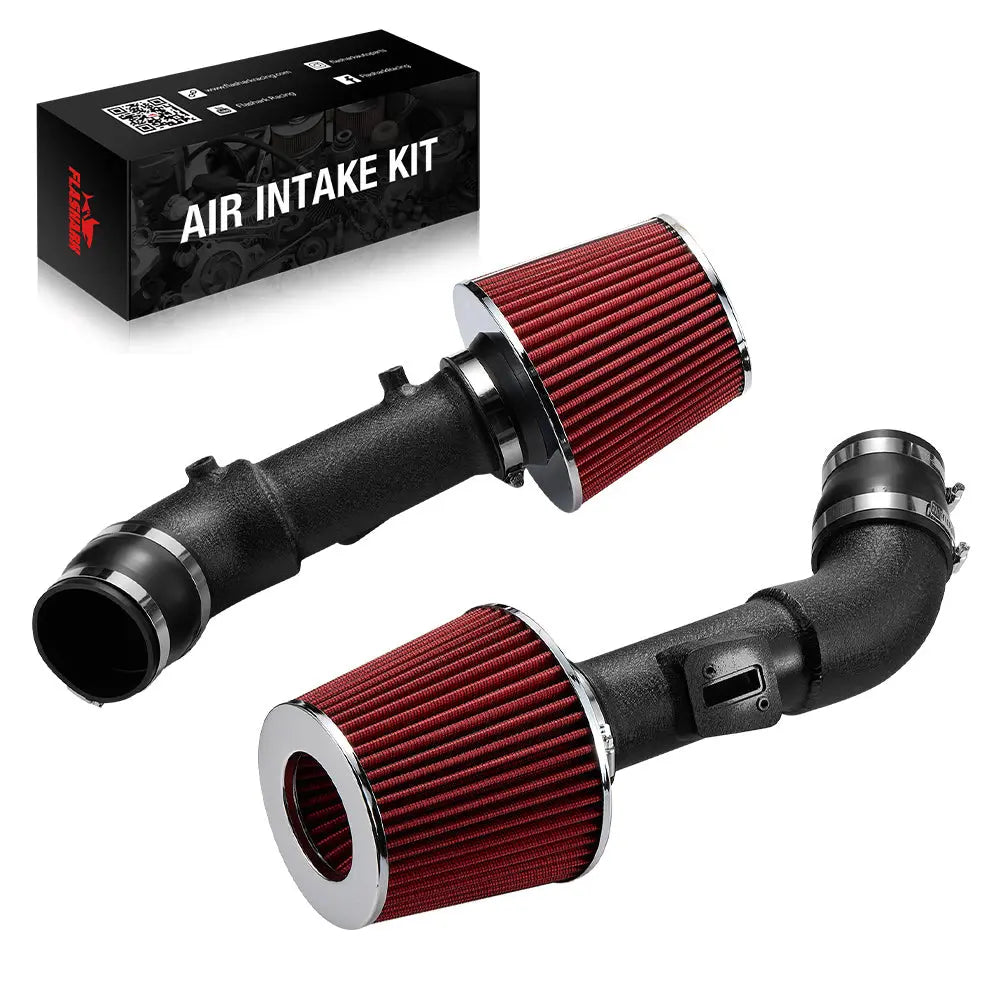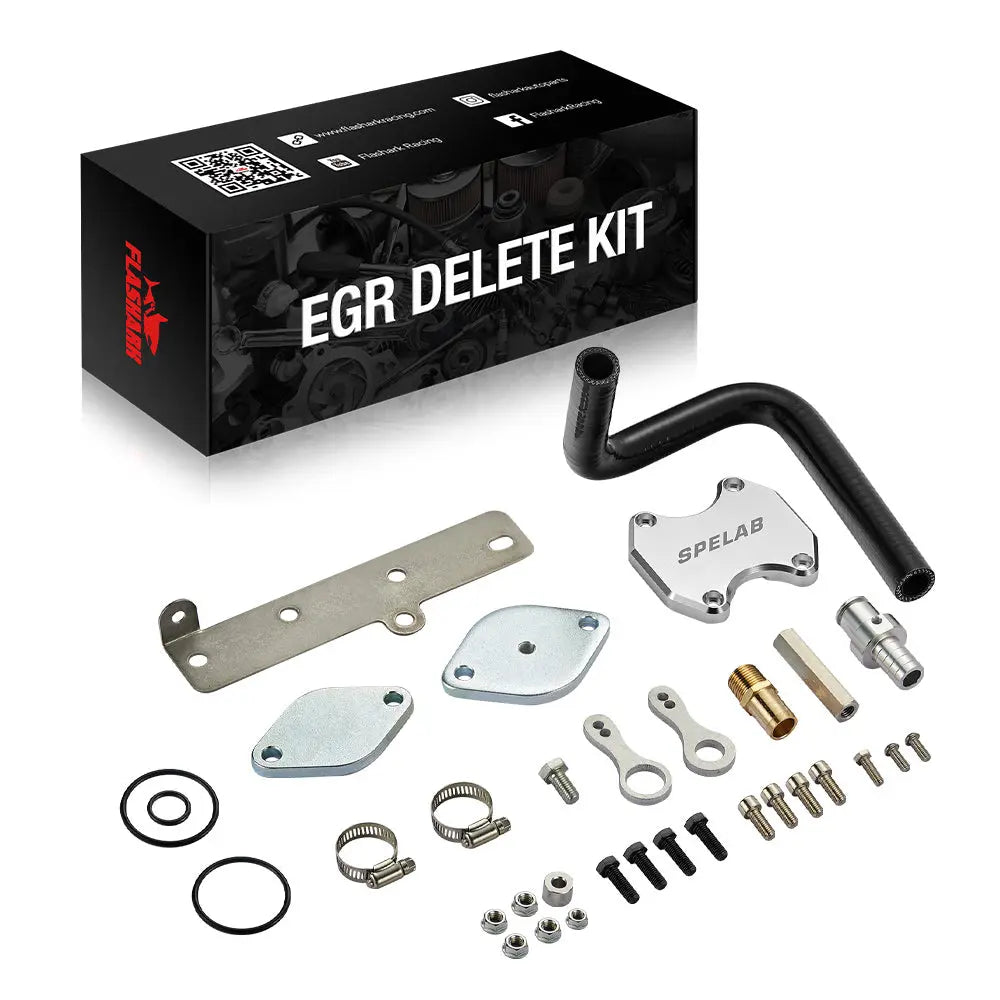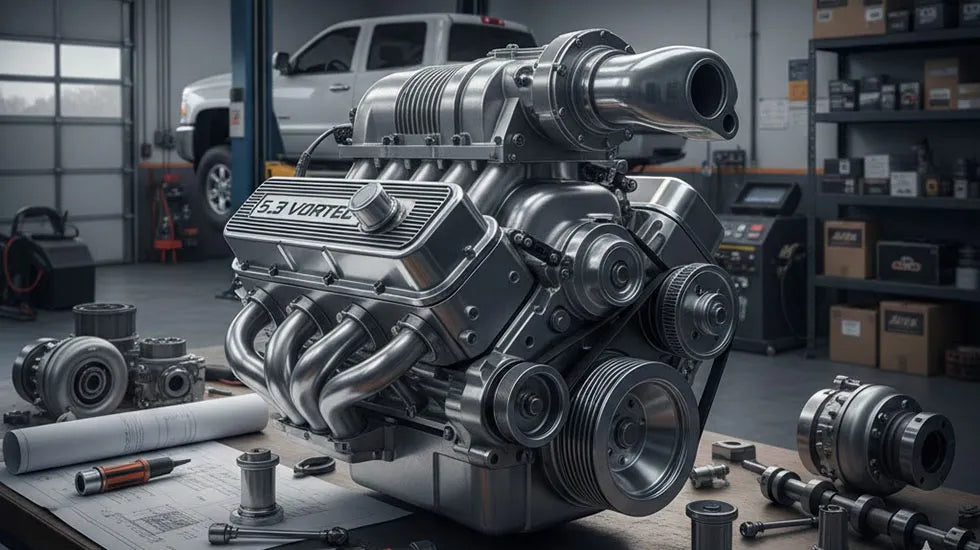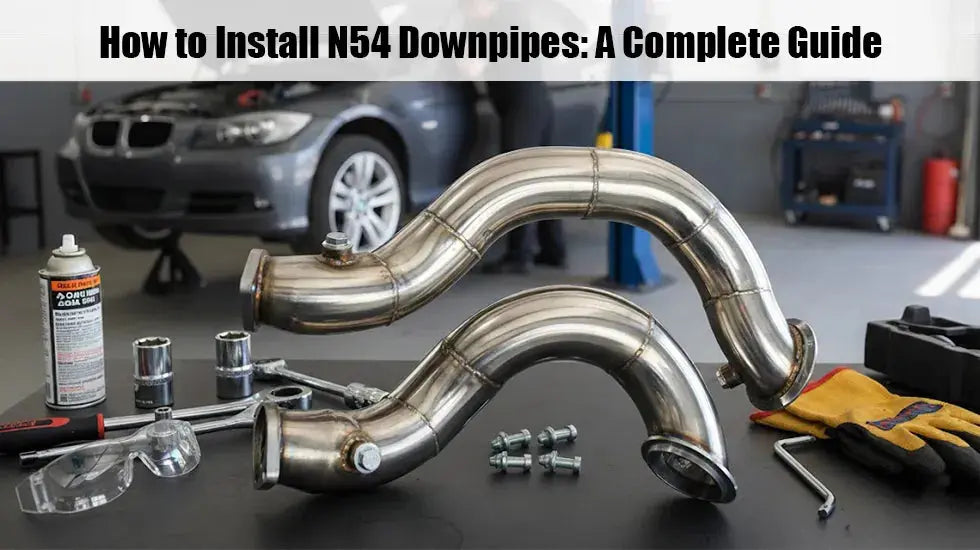A cold air intake (CAI) system is one of the most popular performance upgrades for car enthusiasts. It’s designed to improve the engine's airflow by drawing in cooler, denser air from outside the engine bay, rather than using the warmer air inside the engine compartment. Cooler air contains more oxygen, which allows the engine to burn fuel more efficiently, potentially boosting horsepower and acceleration.
For the 2012 Infiniti G37, installing a cold air intake can provide noticeable improvements in engine performance, sound, and overall driving experience. Not only does it enhance throttle response, but it also gives the engine a deeper, more aggressive growl. Whether you’re looking for a slight performance boost or a more powerful engine note, a CAI is a smart investment.
Why Choose a Cold Air Intake for the 2012 Infiniti G37?
Upgrading to a cold air intake for your 2012 G37 is a simple and cost-effective way to unlock additional power. By allowing your engine to breathe more freely, a CAI improves air-to-fuel ratio, resulting in better combustion and more horsepower. For the G37, this translates to quicker acceleration, especially in higher RPM ranges.
Another benefit of installing a cold air intake on your G37 is improved throttle response. This means you’ll notice the car’s engine reacting faster to your foot on the pedal, making the driving experience more dynamic. Additionally, the intake system can improve fuel efficiency by enabling the engine to run more efficiently.
Key Components of a Cold Air Intake System
A cold air intake system consists of several key components that work together to improve engine performance. Here’s a breakdown:

-
Intake Pipe: The intake pipe directs air from the outside of the engine bay into the engine. Most pipes are made from high-quality materials such as aluminum or plastic. Aluminum pipes tend to be more durable and can withstand higher temperatures, making them a preferred choice for many performance enthusiasts.
-
Air Filter: The air filter ensures that debris, dirt, and other contaminants don’t enter the engine. Filters come in two primary types: oiled and dry. Oiled filters, while offering better airflow, require more frequent cleaning and re-oiling. Dry filters are low-maintenance and offer comparable performance.
-
Heat Shield: A heat shield is an essential component that prevents the intake pipe from drawing in hot air from the engine bay. Without a heat shield, the intake could absorb warmer air, which would decrease performance. A proper heat shield ensures cooler, denser air is entering the engine for maximum efficiency.
-
Mounting Hardware: This includes all the brackets, clamps, and screws needed to secure the intake system in place.
Preparation Before Installing a Cold Air Intake on the 2012 G37
Before starting the installation of your 2012 G37 cold air intake, it’s important to prepare properly. Here’s what you’ll need:
-
Tools: Make sure you have the right tools, such as a socket wrench, screwdrivers, and a ratchet set. You may also need a pair of pliers to remove certain clips and clamps.
-
Safety Gear: Always wear gloves and safety glasses to protect yourself from sharp objects or dirt during installation. Make sure the car is on a stable surface, and if necessary, use jack stands to raise the vehicle for easier access to the engine bay.
-
Pre-Installation Steps: Start by disconnecting the battery to avoid any electrical issues. Once you’ve done that, you can begin removing the stock intake system. This typically involves unscrewing and detaching the airbox, removing the intake hose, and disconnecting any sensors.
Step-by-Step Guide to Installing a Cold Air Intake on the 2012 G37
Step 1: Remove the Stock Intake System
Begin by disconnecting the intake tube from the throttle body. You’ll likely need to remove screws or bolts securing the airbox to the engine bay. Disconnect any sensors that are attached to the stock intake system, and gently remove the entire assembly.
Step 2: Install the New Cold Air Intake Pipe and Filter
Place the new G37 cold air intake pipe into the engine bay, ensuring it is positioned correctly. Attach the pipe to the throttle body and secure it using the provided clamps. Attach the air filter to the intake pipe, making sure it’s tightly secured to avoid any air leaks.
Step 3: Install the Heat Shield
The heat shield helps keep hot air from being drawn into the intake. Position the heat shield around the intake pipe, ensuring that it blocks any heat coming from the engine bay. Secure the heat shield using the provided mounting hardware.
Step 4: Ensure Proper Seals and Tighten Connections
Double-check all connections and seals. Ensure that the intake pipe is firmly secured, and there are no loose parts. Tighten the clamps around the intake pipe and filter to prevent air leaks, which could affect engine performance.
Step 5: Reassembly and Final Checks
Once the cold air intake is installed, carefully reassemble any parts you had to remove, such as the engine covers or other components that were blocking access. Reconnect any sensors that were disconnected earlier. Finally, double-check all bolts and clamps to ensure everything is secure.
Post-Installation: What to Expect After Installing the CAI on Your 2012 G37
After installation, you’ll immediately notice a more responsive throttle and a deeper engine sound, especially at higher RPMs. Performance gains will vary depending on the brand and type of cold air intake system you installed, but you can generally expect an increase in horsepower and torque.

Additionally, with a CAI, your G37 may exhibit better fuel efficiency under certain driving conditions. The improvement in air-to-fuel mixture can reduce engine strain, leading to more efficient combustion. If your CAI features a high-flow filter, you’ll also enjoy better airflow, resulting in quicker acceleration.
Common Mistakes to Avoid When Installing a Cold Air Intake on the 2012 G37
Improper installation of a cold air intake can lead to several issues. Here are some common mistakes to avoid:
-
Failing to Seal the Intake Properly: Air leaks can lead to reduced performance and engine hesitation. Always check that the intake pipe is properly sealed and the clamps are tight.
-
Incorrect Heat Shield Positioning: The heat shield must be properly placed to ensure the intake is drawing in cool air. A poorly installed heat shield could negate the performance benefits of your new CAI.
-
Over-tightening the Clamps: While it's essential to secure the intake components tightly, over-tightening can damage the rubber seals or cause parts to crack.
Conclusion: Is a Cold Air Intake Worth Installing on Your 2012 Infiniti G37?
Installing a cold air intake on your 2012 Infiniti G37 is an effective way to improve engine performance and give your vehicle a more aggressive sound. It’s a relatively simple upgrade that can offer noticeable benefits, especially for enthusiasts looking for enhanced throttle response and horsepower gains.
While the performance gains may vary depending on your driving style and the brand of CAI you choose, the overall improvement in engine efficiency and sound is certainly worth the investment. Moreover, the ease of installation and the relatively low cost compared to other performance mods make it a popular choice for G37 owners.
If you're looking to take your G37 to the next level, a cold air intake is a great first step in building a more responsive and powerful engine.



